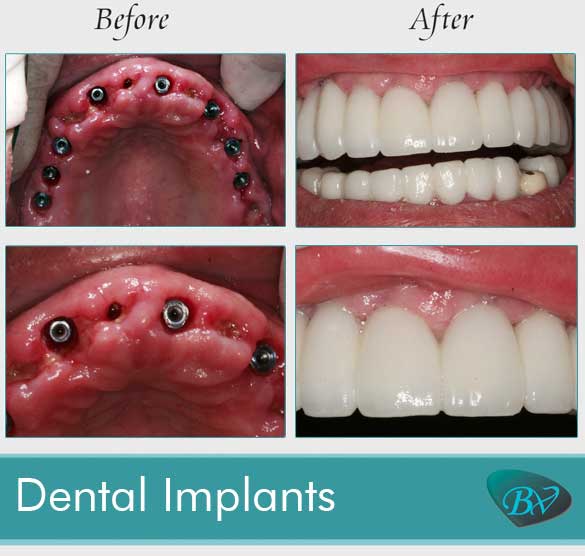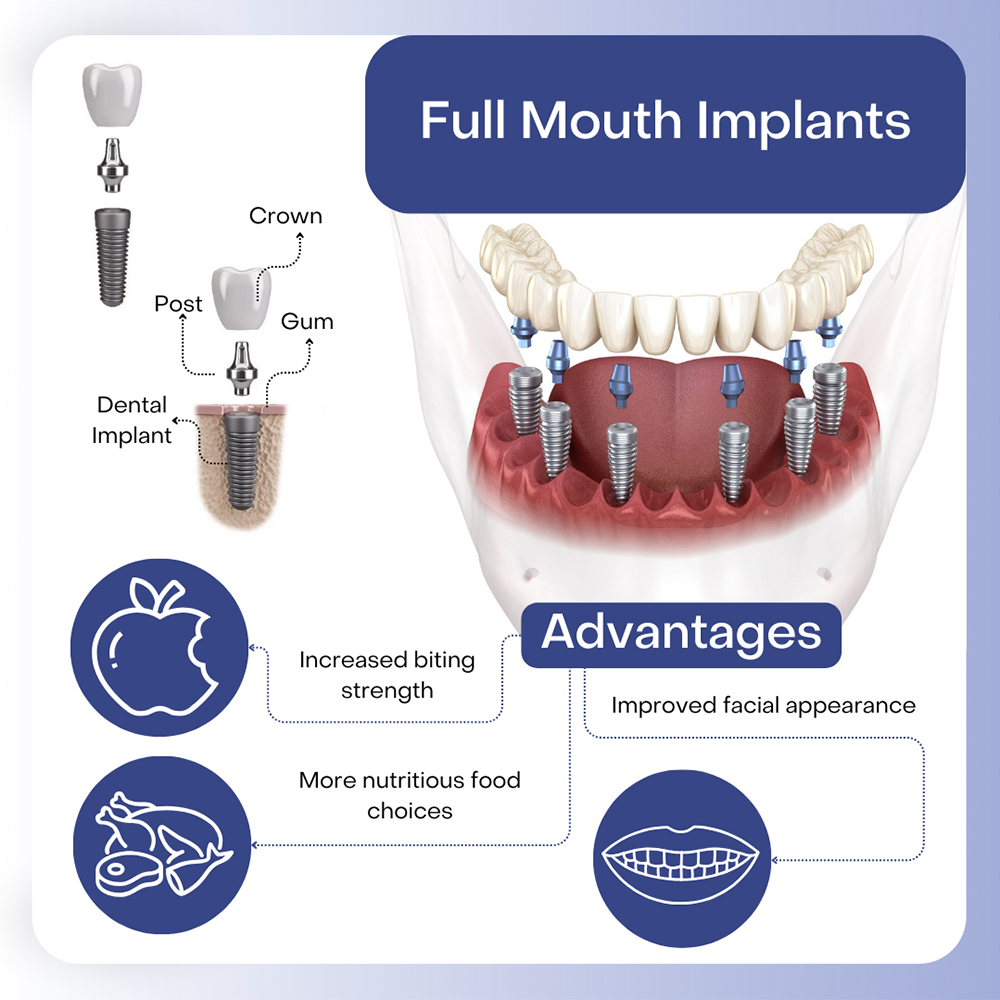All about Dental Sense
All about Dental Sense
Blog Article
Dental Sense Can Be Fun For Anyone
Table of ContentsThe 2-Minute Rule for Dental SenseThe smart Trick of Dental Sense That Nobody is DiscussingOur Dental Sense DiariesThings about Dental Sense
are clinical gadgets operatively implanted into the jaw to restore a person's capacity to eat or their appearance. They offer support for synthetic (fake) teeth, such as crowns, bridges, or dentures. When a tooth is lost due to injury or condition, an individual can experience complications such as quick bone loss, malfunctioning speech, or modifications to chewing patterns that result in discomfort.Dental implant systems are composed of an oral implant body and dental implant abutment and might likewise include an abutment addiction screw. Same day dental implants. The oral implant body is surgically inserted in the jawbone instead of the tooth's origin. The oral implant abutment is generally connected to the implant body by the joint addiction screw and extends via periodontals into the mouth to sustain the attached artificial teeth
(https://www.openstreetmap.org/user/dentalsense1)Structure of The Dental Implant System choosing dental implants, talk to your dental service provider about the prospective benefits and risks, and whether you are a candidate for the treatment. Points to take into consideration: Your overall wellness is a vital variable in establishing whether you are a good candidate for dental implants, how much time it will take to heal, and the length of time the dental implant may stay in place.
Smoking cigarettes might impact the healing procedure and lower the long-lasting success of the dental implant. The healing procedure for the dental implant body might take several months or longer, during which time you usually have a short-term joint instead of the tooth. the dental implant treatment: Carefully adhere to the dental hygiene directions given to you by your oral copyright.
Indicators on Dental Sense You Need To Know
Implant failure can cause the requirement for one more surgery to repair or change the dental implant system. Brings back the capability to chew Recovers cosmetic appearance Aids keep the jawbone from diminishing due to bone loss Preserves the wellness of the bordering bone and periodontals Helps keep surrounding (nearby) teeth steady Improves top quality of life Damage to surrounding natural teeth during implant placement Injury to the surrounding tissues during surgery, such as sinus perforation Injury throughout surgery (for instance, fracture of bordering jawbone) Insufficient function, such as seeming like the teeth do not attack with each other generally A feeling that the tooth hangs or twisting in position arising from a joint screw loosening up Implant body failing (looseness of the implant body) because of systemic infection, which might be more probable in clients with unrestrained diabetes as a result of neighborhood infection in bone and gums supporting the implant body due to postponed recovery, which might be more probable in patients that smoke Trouble cleansing the gum tissues around the dental implant, leading to bad oral hygiene Neglected periodontal condition Post-surgical tingling because of nerve impingement or damage Always notify health care suppliers and imaging professionals that you have oral implants before any type of magnetic resonance imaging (MRI) or x-ray treatments.
FDA is not mindful of any kind of negative events reported for MRI or x-ray procedures with oral implants. Dental implants systems are usually made from materials that adhere to global consensus standards of the International Company for Standardization (ISO) or ASTM International. These standards have information of what makes a risk-free material.

A dental implant is a framework that changes a missing tooth. With screw-like tools, the cosmetic surgeon inserts an implant into the jawbone, and it functions as a support for a synthetic tooth, called a crown. A gadget called a joint connects the synthetic tooth to the oral implant. The crown is custom-made to fit the person's mouth and match the color browse this site of their teeth.
The Best Strategy To Use For Dental Sense
Some people are not eligible for dental implant surgical treatment. It is for oral specialists to run on people with: severe illnessuncontrollable metabolic diseasebone or soft tissue disease or infectionIf these concerns are fixed, a person can have the surgery. In, dental doctors avoid running on individuals with: If individuals with any of the above go through dental implant surgical procedure, there is a higher risk of the implant falling short.

Oral implant surgical treatment is a tailored process. It's not the exact same for every person. The following gives a general introduction of what you can anticipate your dental practitioner, dental cosmetic surgeon, periodontist or prosthodontist to do: Place the implant surgically. Give you time to heal. Connect the article and final crown, bridge or denture.
Next, your surgeon will carefully position the oral implant into your jaw. If your dental implant is near the front of your mouth, your dental practitioner will certainly make a short-term tooth for you to wear till you heal.
All About Dental Sense
Throughout the healing stage, your jawbone should fuse to the dental implant. This procedure can take anywhere from 3 to nine months.
When your dental implant heals, your dental expert can affix the joint (tiny port blog post) and your last reconstruction (crown, bridge or denture). This normally takes about one hour to complete and may need a second small surgical procedure. You shouldn't really feel any kind of pain throughout your oral implant treatment because your copyright will use medicine to numb your periodontals.
Report this page